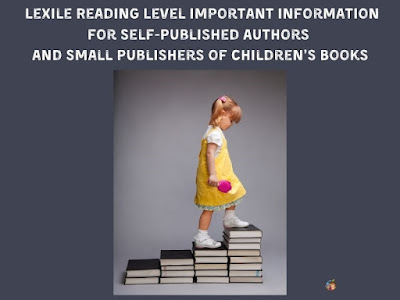Ten Reasons Why You Shouldn’t Shortchange Self-Publishing
By Carolyn Howard-Johnson, author of the multi award-winning
HowToDoItFrugally Series of books for writers
I have been Sinatra’s proverbial “prince, pauper” and a number of other things when it comes to publishing—meaning that I have tried publishing every almost every way imaginable and am here to tell you there is no one right way to do it. It can depend on your personality (are you super independent?), your pocketbook, the nature of your title, the time window you have and more. Because the term self-publishing is so often misunderstood, it is important to tell you what true self-publishing is and is not.
1. It is frugal—or not—depending on the choices you make. It is flexible. You do everything yourself which is very frugal—very nearly free—with everything but you time. Or you hire the skills you know you should (like book cover design) and some skills you don’t want to take on (perhaps like formatting) when your pocketbook allows. And when you chose to ignore those guidelines for skills everyone adamantly recommends you avoid because you are too frugal or just plain stubborn (like editing), you tackle learning as much about it as you possibly can with the vengeance of becoming a professional and plan on doing double duty when it comes to getting help from beta readers as suggested in my The Frugal Editor.
2. As suggested above (but bears repeating), you can publish with no upfront costs.
3. You make all the net profit from your book. If you don’t, then it’s not really self-publishing. In fact it may be an indicator that it is vanity publishing which carries problems of its own. (By the way, I don’t like the “vanity” term because it negates the value of creativity of any book.)
4. That you can’t use your own ISBN number is a myth. You must pay for your ISBN if you want one that carries no hidden code for a press that isn’t your own, but they can come free with some like Amazon and others like the dreaded vanity presses you have probably heard about. Most readers won’t know the difference.
5. You keep all the rights to your work and, yes, though it isn’t easy, you can change your mind later.
6. You make all the net profit from your book. If you don’t, then it’s not really self-publishing.
7. You can (but won’t always!) publish more quickly. There are some very good reasons to want to do this. Your book’s topic may be time sensitive. You are aware that you may not live forever. You may simply have other stories (or books) waiting for their own time in the sun.
8. You make all the profit net profit from your book. If you don’t, then it’s not really self-publishing. A better net profit is about making earnings for your efforts, but they also give you more room to play with like offering your book at a discount at book fairs and still make a profit for yourself (albeit a smaller one).
9. Make no mistake, the likelihood of your self-published book of becoming a true bestseller or of seeing it on the shelves of bookstores everywhere is far less than if you snag a huge (read that “Big New York Five” as an example) contract. But if you’re publishing only to get huge sales (or profits), it is a long shot in cany case. Publish—traditionally, self, or somewhere in between—for other good reasons. There are plenty great reasons for each scenario.
10. If you have another business, you can self-publish a book that will impart your professional credibility to your customers and attract new ones. (To say nothing of producing a little extra income stream).
Note: Your book may lead to other creative income streams like audio books, CDs, toys, and suggest other free promotions for the good of your book or other pursuits.
More About the Author
Carolyn Howard-Johnson started what she considers her “real writing” career when most are thinking of retiring. She brings her experience as publicist, journalist, marketer, editor, retailer, and the author of those books published almost every way possible including traditionally, to the advice she gives in her HowToDoItFrugally Series of books for writers and the many classes she taught for nearly a decade as instructor for UCLA Extension’s world-renown Writers’ Program including a class on editing for self-publishers. The books in her HowToDoItFrugally Series of books for writers have won multiple awards. That series includes The Frugal Book Promoter and The Frugal Editor which won awards from USA Book News, Readers’ Views Literary Award, the marketing award from Next Generation Indie Books and others including the coveted Irwin award. Her self-published How to Get Great Book Reviews Frugally and Ethically launched to rave reviews from Karen Cioffi, writer and publisher.
Karen says, “I’m an author, content writer, and online marketing instructor. Reading Carolyn Howard-Johnson’s The Frugal Editor has given me lots and lots of tips and reminders on how to write right, whether I’m writing fiction, nonfiction, blogging, or marketing. It’s a writing tool I’ll refer to over and over again.”
Howard-Johnson is the recipient of the California Legislature’s Woman of the Year in Arts and Entertainment Award, and her community’s Character and Ethics award for her work promoting tolerance with her writing. She was also named to Pasadena Weekly’s list of “Fourteen San Gabriel Valley women who make life happen” and was given her community’s Diamond Award for Achievement in the Arts.



























